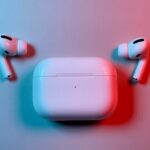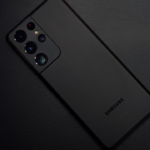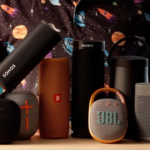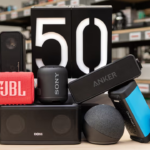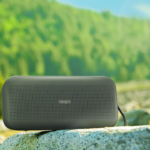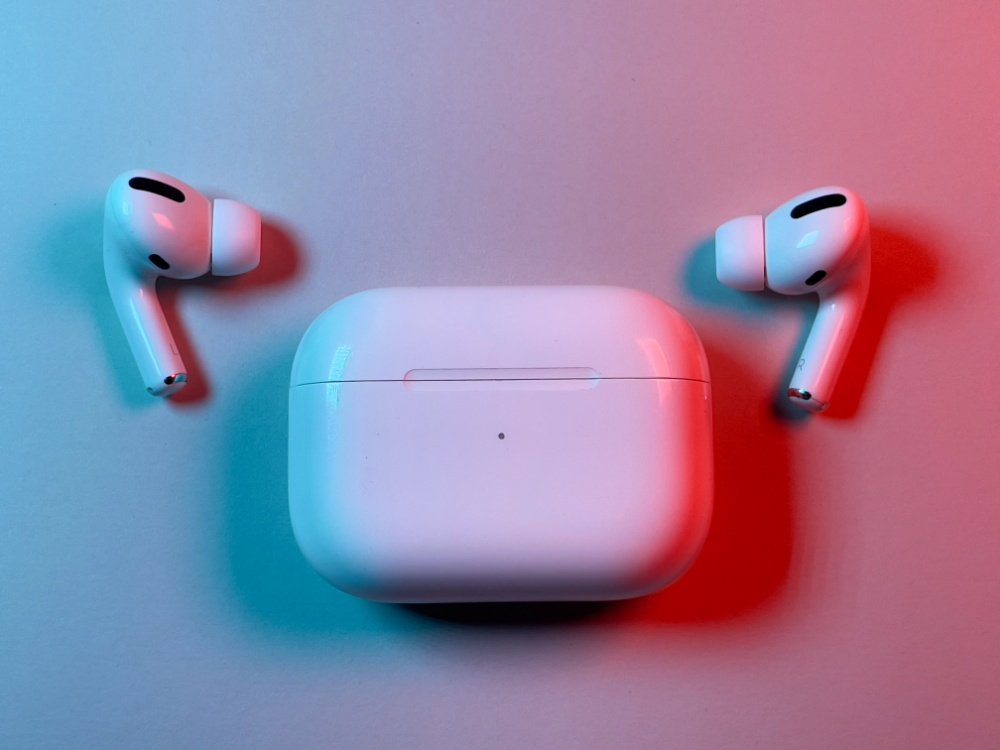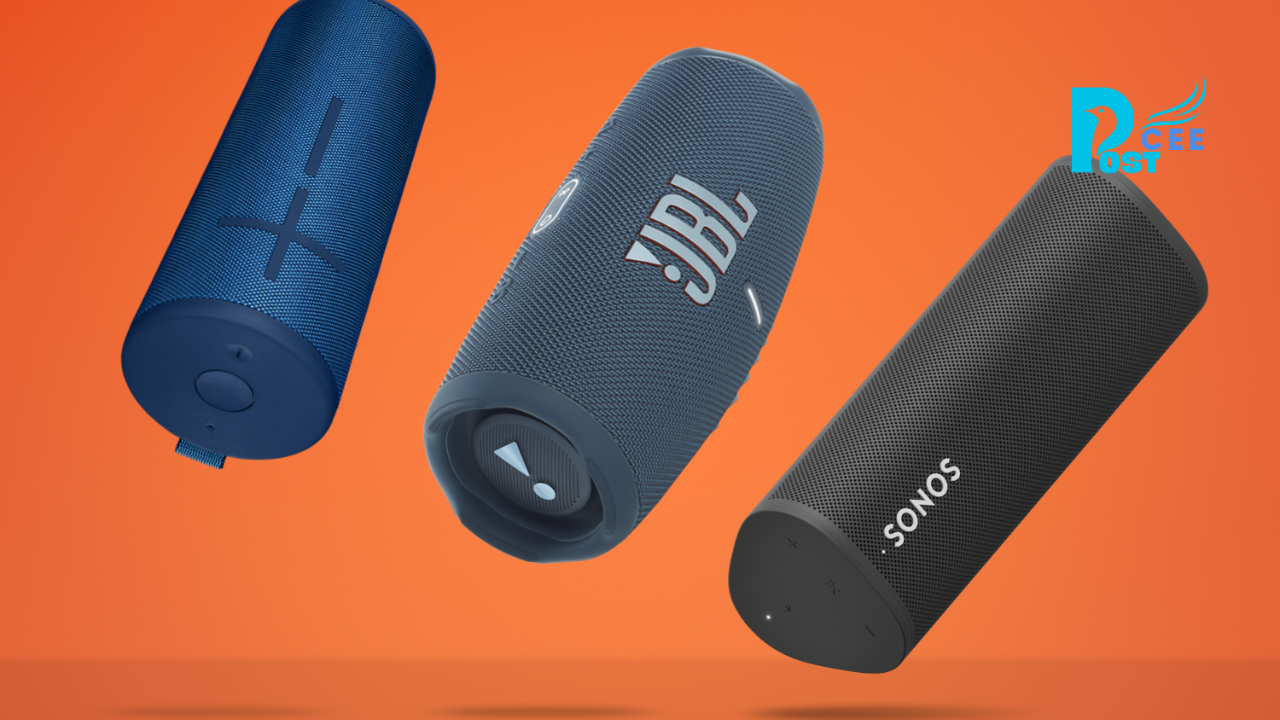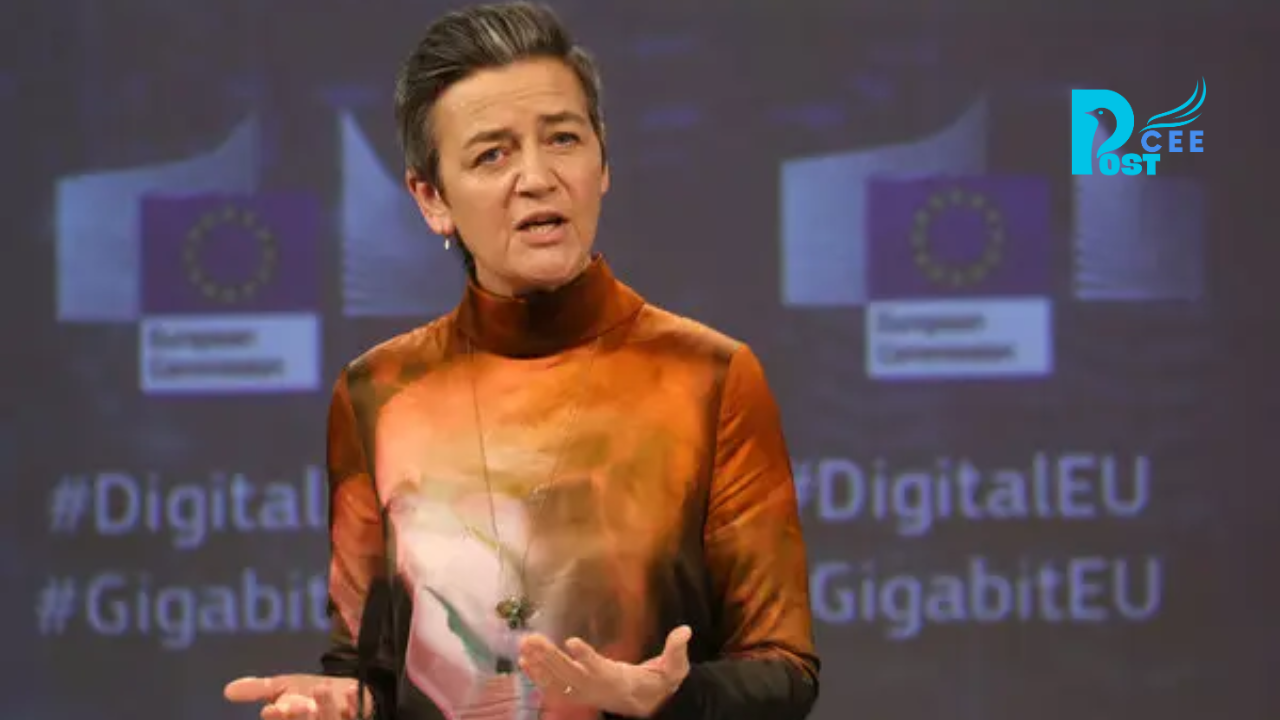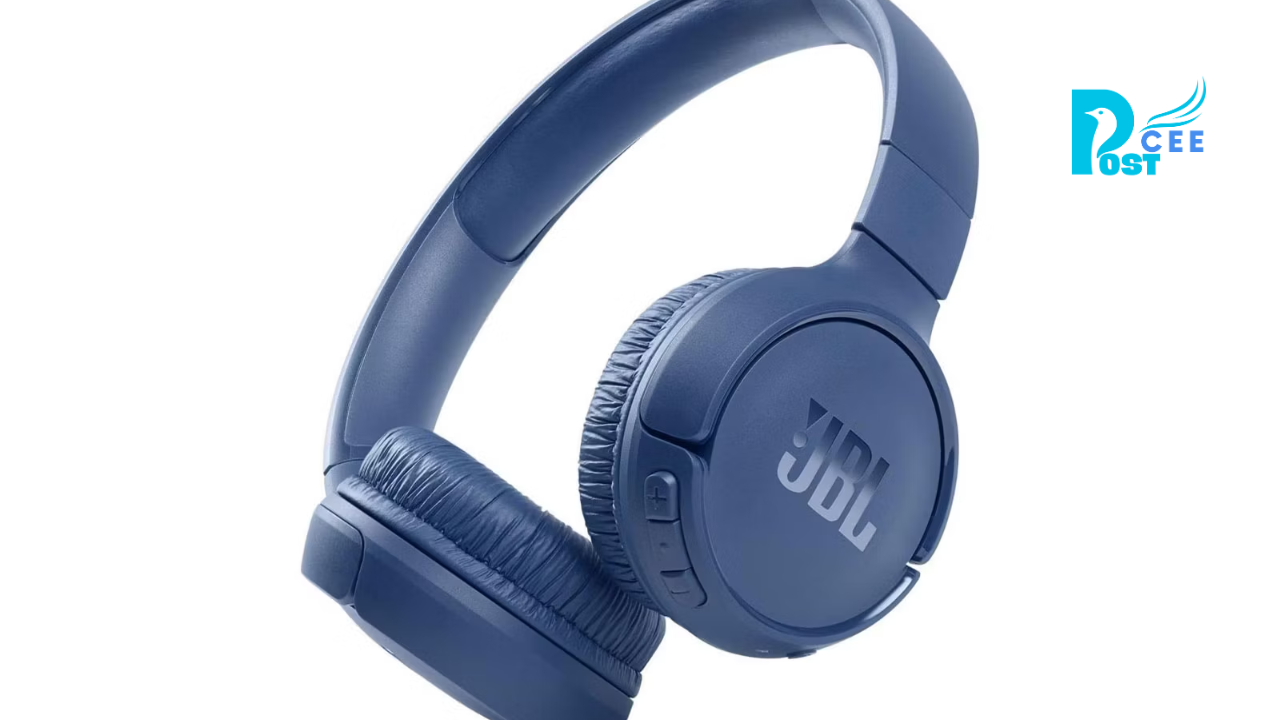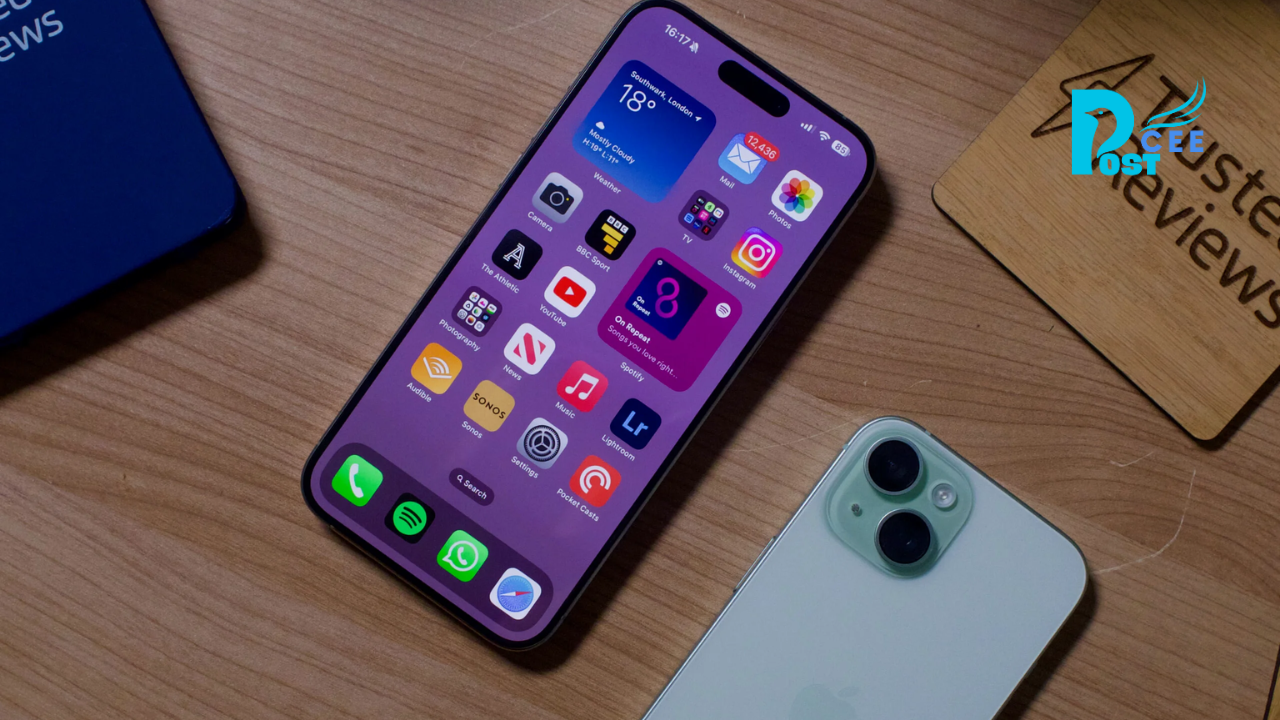- Wireless Earphones as Inexpensive Hearing Aids: Bridging the Gap in Hearing Solutions
In the landscape of auditory assistance, traditional hearing aids often come with a hefty price tag — a barrier for many in need of hearing support. However, the advent of wireless earphones, with advanced capabilities akin to those of hearing aids, has presented a promising alternative. This article explores how wireless earphones are carving a niche as affordable hearing aids and the broader implications for accessibility and inclusivity in hearing solutions.
The Cost Barrier in Traditional Hearing Aids
Hearing loss is a prevalent issue, affecting millions worldwide. According to the World Health Organization (WHO), over 1.5 billion people live with some degree of hearing loss, a number expected to soar past 2.5 billion by 2050 WHO, 2021. Despite the clear need, access to traditional hearing aids remains limited. One significant hurdle is cost: a pair of hearing aids can set an individual back thousands of dollars, not including consultation and fitting fees. The Hearing Loss Association of America highlights that around 70% of adults with hearing loss do not use hearing aids, primarily due to financial constraints HLAA, 2021.
Wireless Earphones: A Cost-Effective Solution
Enter wireless earphones — a technology initially designed for music and communication but now increasingly recognized for their potential as hearing aids. Modern wireless earphones come equipped with features such as active noise cancellation, ambient sound enhancement, and customizable audio settings. These features allow for a user experience that somewhat mirrors that of traditional hearing aids but at a fraction of the cost.
Tech giants have been at the forefront of this innovation. For example, Apple’s Live Listen feature, compatible with its AirPods, transforms the earphones into a personal sound amplification product (PSAP) by allowing them to capture sound from the environment and deliver it directly into the ears Apple, 2021. While not a replacement for certified hearing aids, such functionalities offer substantial hearing support for those with mild to moderate hearing loss.
The Debate: Quality and Regulation
The emergence of wireless earphones as alternative hearing aids stirs a broad spectrum of opinions. On one side, there’s excitement about their potential to make hearing assistance more accessible to a broader audience. On the other, there are concerns regarding quality, regulation, and the potential for these devices to delay professional hearing assessments and fittings for those with severe hearing loss.
Audiologists emphasize that while wireless earphones can help with certain hearing difficulties, they are not tailored to individual hearing loss patterns the way prescribed hearing aids are. Regulatory bodies in many regions, including the United States’ Food and Drug Administration (FDA), have begun adapting to these new technologies by classifying some over-the-counter (OTC) hearing devices separately from traditional hearing aids, establishing guidelines to ensure they meet specific safety and effectiveness standards FDA, 2021.
A Step Towards Inclusivity
As wireless earphones continue to evolve, there’s potential for these devices to serve as a stepping stone towards recognizing and addressing hearing loss. They offer an interim solution for those unable to afford traditional hearing aids, potentially encouraging a more proactive approach to auditory health. Nonetheless, it’s crucial for individuals to seek professional advice for severe hearing loss and for continued research and regulation to ensure these devices can safely and effectively serve those who rely on them.
The blending of consumer electronics with medical functionality in the form of wireless earphones as inexpensive hearing aids marks a significant shift towards accessibility and inclusivity in hearing solutions. As technology advances, the hope is for these devices to bridge the gap further, providing quality auditory support to all who need it, regardless of economic status.

